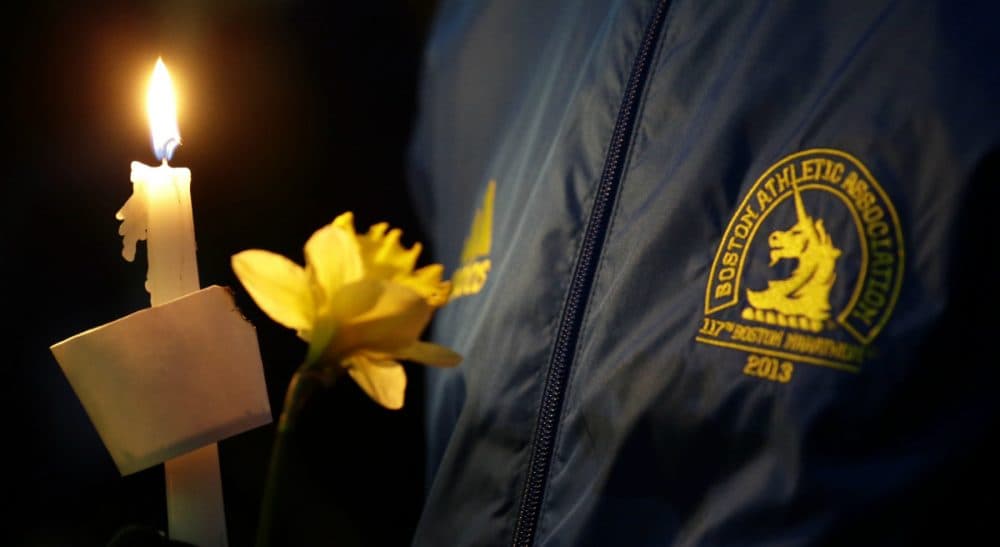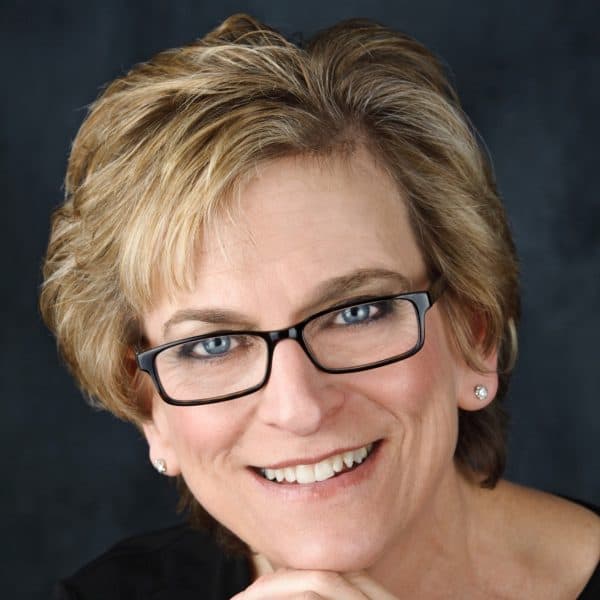Advertisement
To Move Through Grief, We Need Company

In the long, sad run-up to the 2014 running of the Boston Marathon, I’ve been thinking about the families of the four people who died. The youngest was a baby, only 8-years-old, standing near the finish line with his family. The oldest was a 29-year-old woman with an impish smile and a reputation for kindness.
For the families and friends of those who died, this has been a year of heartbreaking firsts: the first Thanksgiving without her at the table, the first uncelebrated birthday of all the birthdays he was owed.
The coming marathon will be a public commemoration of their deaths. In Jewish tradition this is called a Yahrzeit, a year’s time, the annual remembrance that includes lighting a 24-hour candle and saying Kaddish, a prayer that requires the presence of at least 10 other people, because grief is even more unbearable if you’re standing alone.
The first anniversary is the most painful and the first Yahrzeit is the most difficult, not only because the wound is still so raw and the absence so vivid, but because they signify another ending.
Anyone who has ever lost a loved one knows that grief is more than an emotion — it’s a place, a parallel universe in which “the valley of the shadow” is not a metaphor but an address. It is important and necessary to spend time in that shadow, to cry and wail. But it is unhealthy to stay too long. The first Yarhzeit is kind of an eviction notice. Time to turn away from the darkness.
This doesn’t mean “getting over it” or forgetting. The first anniversary might be the end of one kind of grief, but it is the beginning of the next stage. From then on, there may be visits to the grave, candles, prayers, memory, charity and tears. But death cannot have the last word.
And this is where the public has a meaningful and valid part to play.
We are here to provide a tangible form of sympathy to the bereaved, like the quorum of 10 who assemble so that Jewish mourners can recite Kaddish.
Anyone who has ever lost a loved one knows that grief is more than an emotion -- it’s a place, a parallel universe in which 'the valley of the shadow' is not a metaphor but an address.
Those of us who will line the racecourse on April 21 will be standing with the bereaved and with the wounded. Cheering for the runners doesn’t mean that we’ve forgotten the dead, the injured or their loved ones. In fact, we will be cheering in solidarity with those who mourn, in memory of those died and in honor of those who are wounded and hurt.
We will cheer for the nurses and firefighters who ran toward the explosions and not away from them because of their commitment to life.
We will cheer for the impromptu memorials that cropped up around Boston and all over the world, monuments of sympathy made of shoes and flowers.
We will cheer for the generosity of the hundreds of thousands who gave millions of dollars.
We will cheer for the ways that human goodness trumps human evil.
The restaurants reopen, the memorials are digitized and the money is given where it will help. Life is relentless. Thank goodness, or if you prefer, thank God.
Related:
